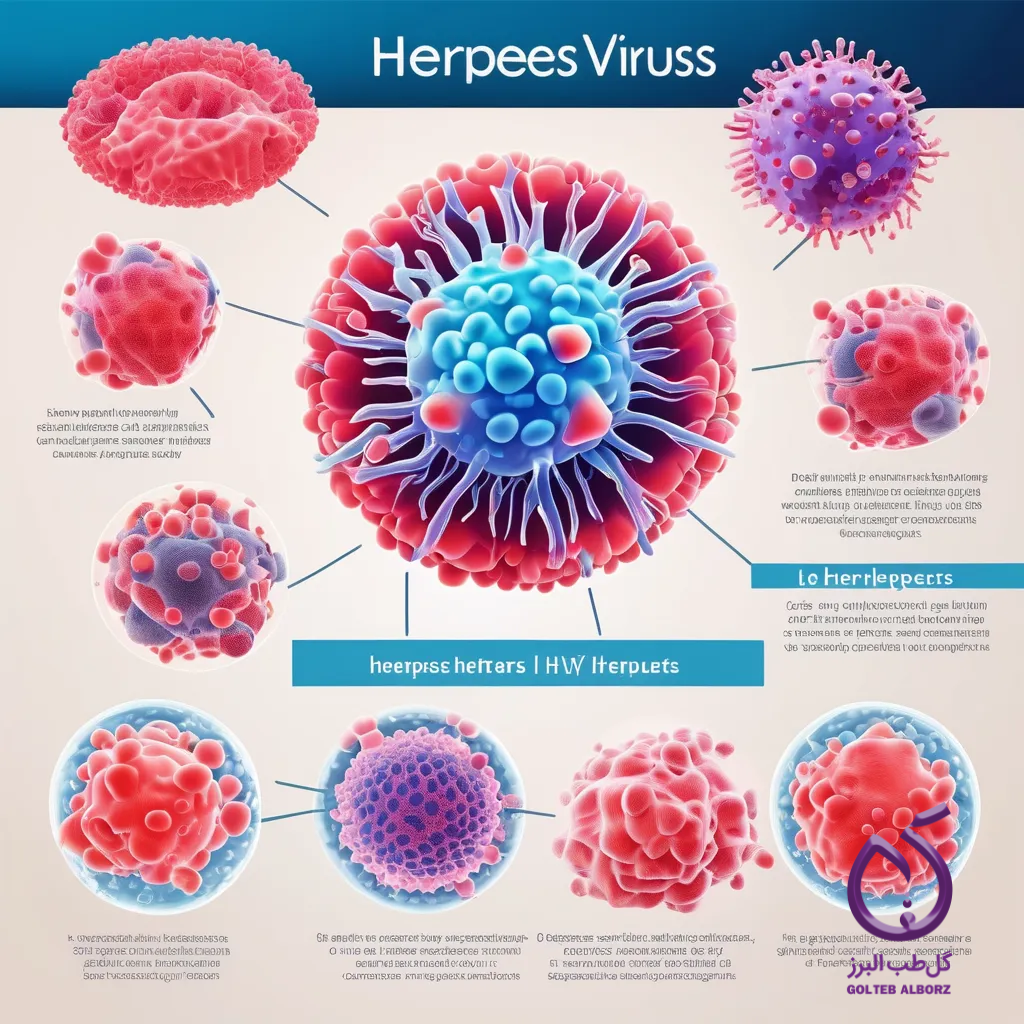Herpesvirus-Related Lesions of the Oral Mucosa
2025-03-10 10:42:05

Herpesviruses are a diverse group of viruses that can cause a range of diseases, particularly affecting the mucosal surfaces of the body, including the oral cavity. Among the various herpesviruses, six members of the human herpesvirus (HHV) family—namely, Herpes Simplex Virus type 1 (HSV-1), Herpes Simplex Virus type 2 (HSV-2), Varicella-Zoster Virus (VZV), Epstein-Barr Virus (EBV), Cytomegalovirus (CMV), and Kaposi Sarcoma-associated virus (HHV-8)—are known to induce lesions in the oral mucosa. Each of these viruses presents unique disease profiles and pathogenesis, leading to clinical manifestations that vary from benign lesions to significant malignancies.
.png)
Varicella-Zoster Virus (VZV)
Varicella-Zoster Virus, also known as HHV-3, is responsible for two distinct clinical presentations. The primary infection occurs as varicella, commonly known as chickenpox, characterized by a vesicular rash and systemic symptoms. Following this initial infection, VZV establishes latency in the dorsal root and cranial nerve ganglia. This latent infection may reactivate decades later as herpes zoster (shingles), which is marked by a painful dermatomal rash. Although primarily recognized for its cutaneous manifestations, VZV can also lead to oral lesions, particularly during the acute phase of chickenpox or upon reactivation.
Epstein-Barr Virus (EBV)
Epstein-Barr Virus is another member of the HHV family that plays a crucial role in oral mucosal pathology. As a γ-herpesvirus, EBV preferentially infects B lymphocytes and is transmitted through intimate contact, saliva, and respiratory secretions. It is noteworthy that more than 95% of adults are seropositive for EBV, indicating widespread exposure and chronic infection. During primary infection, EBV replicates within the oropharyngeal epithelium and B lymphocytes, often leading to infectious mononucleosis (IM). While infections in infants and children are frequently symptomatic, adolescents and adults are more likely to experience significant clinical manifestations, including oral lesions such as pharyngitis and lymphoid hyperplasia.
.png)
Cytomegalovirus (CMV)
Cytomegalovirus is responsible for three distinct diseases, with its impact on oral health being particularly notable in immunocompromised individuals. Congenital cytomegalic inclusion disease affects approximately 1% of newborns and can lead to severe symptoms in about 10% of those infected, including petechial rashes, hepatosplenomegaly, retinitis, and central nervous system involvement. Additionally, CMV can cause a mononucleosis syndrome similar to that caused by EBV; however, it is less common. In immunocompromised patients, CMV may lead to significant oral lesions, including ulcers and mucosal inflammation.
.png)
Kaposi Sarcoma-Associated Virus (HHV-8)
Kaposi Sarcoma-associated virus (HHV-8) is primarily recognized for its association with Kaposi sarcoma (KS), a malignancy of vascular origin. The seroprevalence of HHV-8 is notably high among homosexual men and is transmitted through sexual activity as well as saliva. KS is particularly prevalent among renal transplant recipients and is often linked to immunosuppression. While HHV-8 is less commonly associated with oral lesions compared to other herpesviruses, it can contribute to the development of oral KS and other lymphoproliferative disorders.
.png)
Conclusion
In summary, the six members of the HHV family—HSV-1, HSV-2, VZV, EBV, CMV, and HHV-8—are responsible for a spectrum of oral lesions ranging from common presentations like cold sores to rare malignancies like Kaposi sarcoma. These viruses establish latency following primary infection and may reactivate due to various triggers such as trauma or immunosuppression. Understanding the pathogenesis and clinical features of herpesvirus-related lesions is essential for effective diagnosis and management of these infections. As research continues to evolve, further insights into the role of herpesviruses in oral pathology will enhance our ability to address these significant health concerns effectively.
Latest Articles
Platelet-Rich Plasma (PRP) and Its Role in Dental Surgery
Read more
The importance of infection control in dentistry
Read more
Dental Stem Cells for Tooth Regeneration and Repair
Read more
Dr. Shahram Azimi's Educational Workshop: A Successful Obturation with C-Root Bioceramic Sealers
Read more





